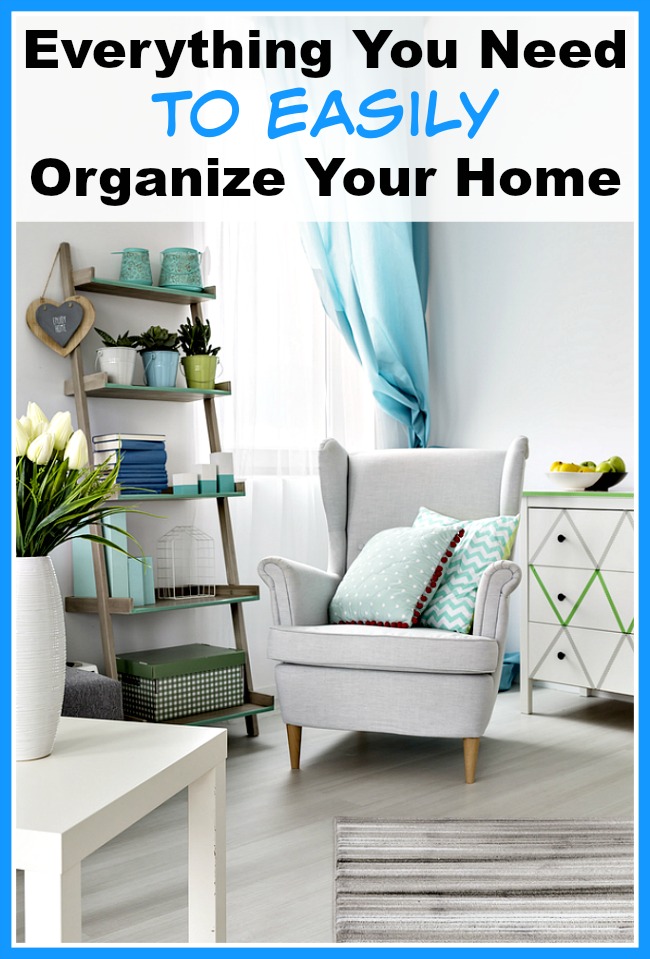
This will make it much clearer for you to decide what you need in addition to your desk, such as lockable filing cabinet for client projects and household paperwork, shelves for essential files and storage for equipment and supplies such as letterhead, stationery etc. Displaced items to be returned to other rooms in your home, and paperwork should be shredded or filed. You should start by going through everything in your home office and identify those items that need to be thrown away. Make sure get into the habit of clearing out the things that you don’t need on a regular basis. Decluttering is an important aspect of any storage system. Don’t fall into the trap of buying more and more storage systems.

Now that you’ve identified the things that you no longer need to stay on your desk you can start to review your storage requirements. It’s also nice to have a couple of personal things around your workspace, but keep these to a minimum. It’s essential that you have easy access to your diary so that you can respond promptly to client requests and manage your time effectively. Some of my clients have gone paperless and use an online diary, but most still have a paper diary and notebooks for client meetings. I would recommend a tiered in-tray system so that you can clearly separate different tasks, such as items that need to be actioned, current project, papers to be filed, and your diary or current note book. Your desk should have the following items – effective lighting (this can be a desk lamp or floor standing lamp next to the desk), your computer/laptop and an in-tray system. Can you create storage solutions on the walls for a notice board and essential stationery? You should start by clearing everything off your desk and identifying the items that are taking up valuable space. The next step is to create a tidy work space. Think carefully about how you will use the space and the things that you need most frequently. Once you decided on the key essentials then you need to review the ideal layout of the room. You may also need a printer/scanner, storage for products etc. The minimum is usually a desk, chair, lighting and adequate storage for paperwork, stationery and reference materials. 1) Plan your essentials firstĭecide what you need to keep in your home office to enable your business and home to function effectively. It will also help you to put some simple systems in place to improve ongoing time and paperwork management.Īre are my top tips for decluttering and organising your home office. The key objective of this guide is to help you to get more organised in your home workspace based on how you work and the nature of your business.

Organise your home how to#
How to declutter and organise your home office Craft businesses or other product-based businesses may need space to create, package and store their products. What will you be doing in the space? Some businesses are purely cloud-based and simply require a desk, laptop and small storage space for key documents and stationery. The home office often doubles up as a quiet space for music lessons, children’s homework and craft projects. Alternatively, you may share this space with other members of your family. A client’s impression of this space will reflect on your business. Or you may use your home office for client meetings.

You may have a colleague who shares your space so you will need to provide a second workstation. 1) Whether or not you share your home office How you organise your home office depends on several factors. With more people setting up their own businesses and working from home I am often asked by my clients how they can best organise their home office to create that perfect home-work balance.

What’s the best way to organise your home office? That’s why I believe that having a well organised desk and office is a must for both your own wellbeing and the success of your business.


 0 kommentar(er)
0 kommentar(er)
